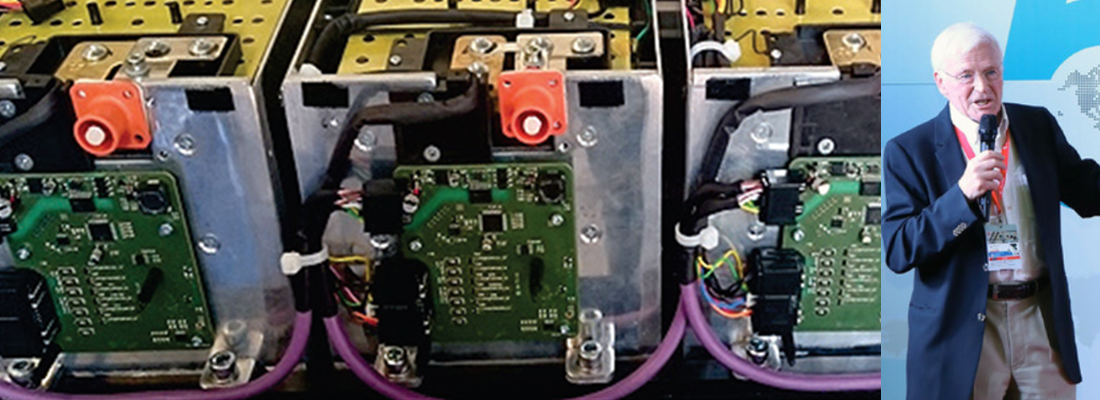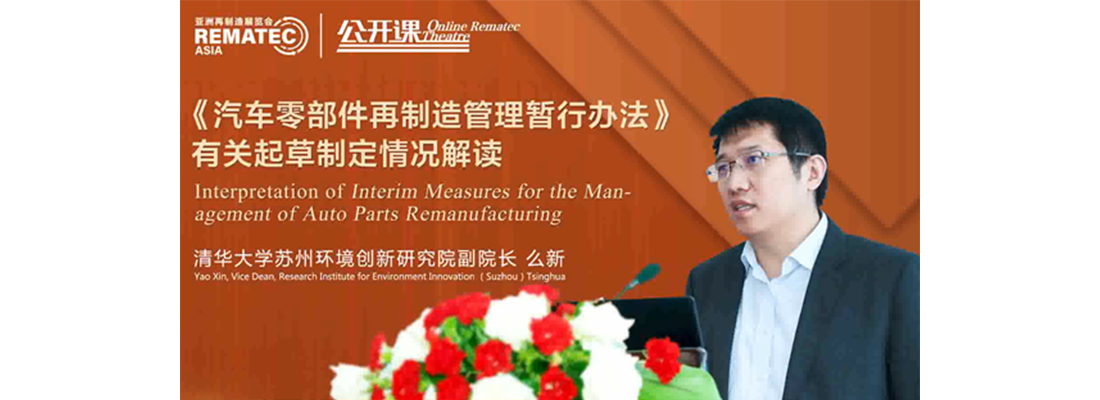When AI meets Reman
Artificial Intelligence (AI) is poised to make a similar impact in the fourth Industrial Revolution we are currently experiencing as Henry Ford’s assembly line did over 100 years ago. Joseph Zulick looks at its applications to reman.
A convergence of machine learning algorithms, big data analytics, and connectivity between machines due to Internet of Things (IoT) capabilities are impacting and reshaping industry and business around the globe. In remanufacturing these advances are rapidly being applied in several ways.
Design4Reman
Barriers for remanufacturing can always be traced back to the initial product design stage. If products were better designed to accomplish the goals of the remanufacturing process, massive improvements and efficiencies can be accomplished. The adoption of ubiquitous information and communication technologies (ICTs) thanks to elements of advanced AI continue to blur the lines between virtual environments and the real world to create more sophisticated cyberphysical production systems (CPPSs).
Advanced remanufacturing processes
AI technologies are expanding computing power and connectivity which results in greater volumes of data that can be analysed in a more robust manner than ever before. This will allow remanufacturers to think big and push the envelope to develop more ambitious goals and objectives for their programmes. Lack of data or advanced robotics capabilities will no longer be impediments for remanufacturers to successfully process a higher percentage of product components and materials.
Robotics in reman
Robots have already proven their capabilities in remanufacturing under certain conditions with relatively small and simple batches of components that usually involve some significant human oversight. Advances in AI are moving the needle in identifying and creating new patterns in the way humans and machines interact. This application of emerging technology shows significant promise to expand the capabilities of robotics in remanufacturing to tackle progressively more complex scenarios with less and less human interaction, with greater efficiency.
Inventory forecasting
One of the most significant challenges all remanufacturers face is predicting how much demand there will be for returned products – and, of course, the quality of the materials being returned can make a significant difference as well. AI technologies can greatly improve upon existing forecasting models that attempt to predict product returns. Elements of Big Data and machine language learning can leverage and up-date realtime data on sales, product usage and warranty activity and more accurately predict product life expectancy and the rate and timing of returns into the remanufacturing process.
Closed-loop supply chain management
There can be no true resilience for remanufacturing unless a complete closed-loop supply chain management strategy is employed. In-depth studies on reman are just now starting to take place and raise awareness of the opportunities to be leveraged during the remanufacturing process to impact economic and environmental sustainability. The advances in AI and all emerging technologies will help put remanufacturing on an equal footing with all other phases of the product life cycle. Because this emphasis on remanufacturing is just starting to expand and receive attention, it also holds the most potential.
The future is now
Every day we see advancements in the development of products and processes that seem to be right out of science fiction movies. From flying cars to putting a colony of people on Mars, humankind is entering a bold new era where we have the technology to execute just about anything we can imagine. This, coupled with increased global awareness of our finite resources and need to be good stewards of our planet, will continue to bring greater emphasis and attention to remanufacturing in all phases of the product cycle. AI and other emerging technologies are finally catching up and giving industry the tools to create this new reality.






